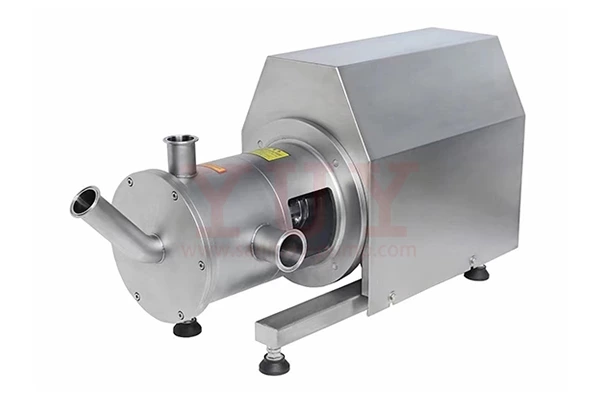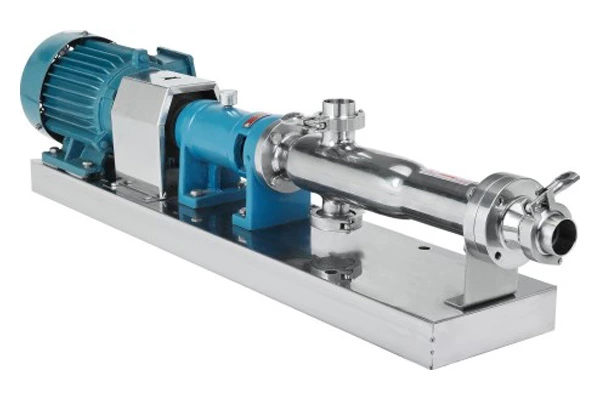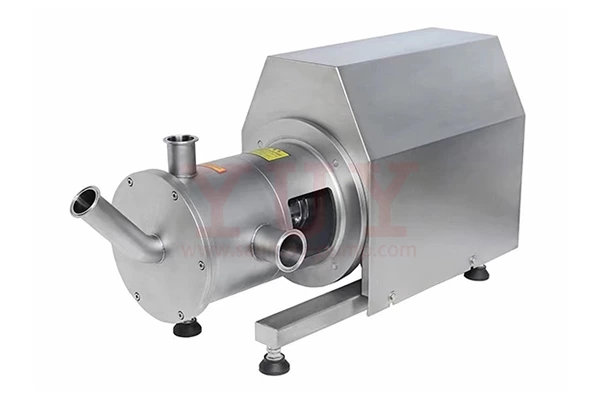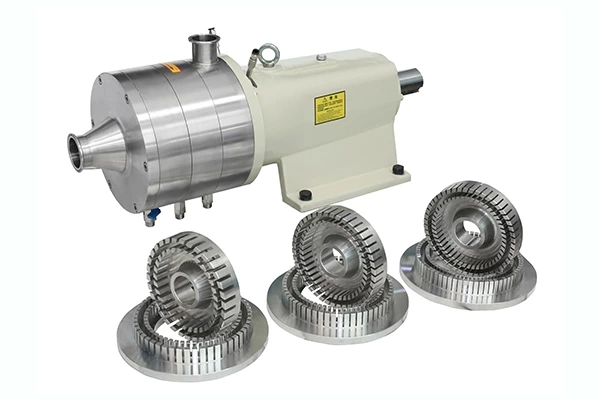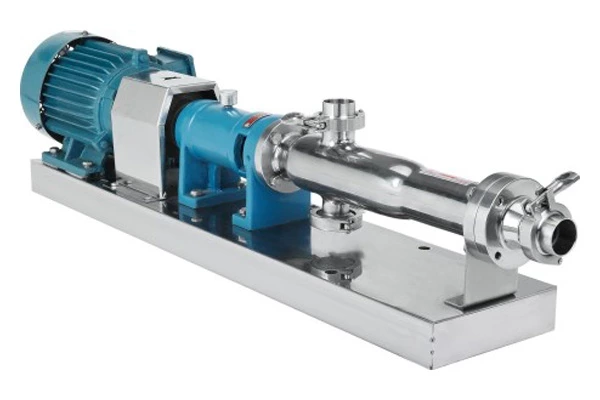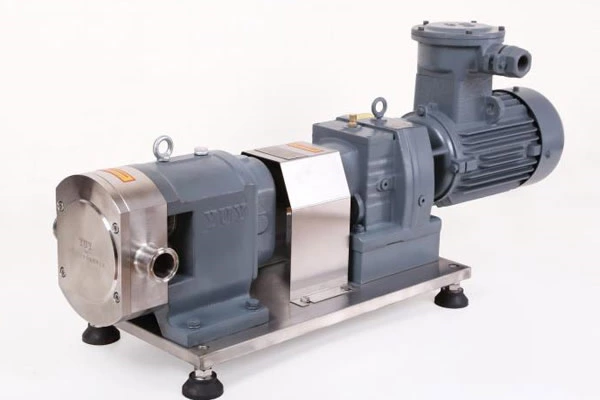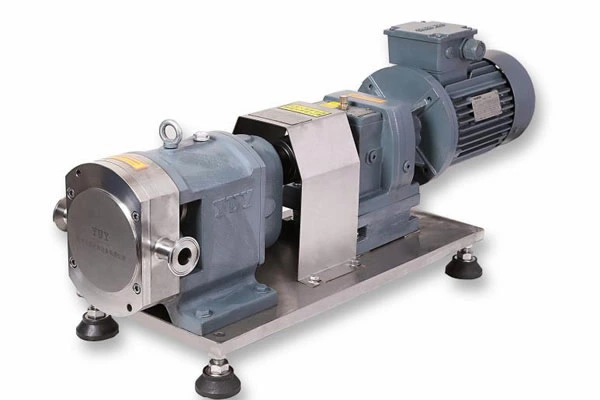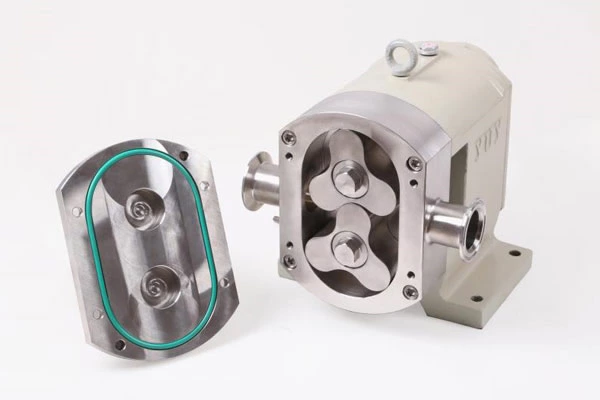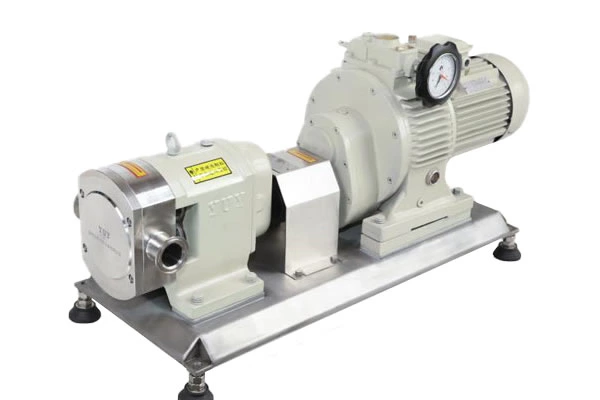150 Technical Questions And Answers About Pumps To Help You Fully Understand Pumps
71.Solid-Liquid Mixing Pump what are the requirements for debugging the compression of the mechanical seal spring?
Answer: The mechanical seal spring is compressed by the transmission screw by an amount, which is called the compression of the spring. After the mechanical seal is fully installed, it is compressed by another amount relative to the spring, which is called the compression of the mechanical seal. The total compression of the mechanical seal spring is the sum of the compression of the transmission screw and the elastic force of the spring itself. During assembly, the greater the compression of the mechanical seal, the smaller the force of the spring on the dynamic ring. Therefore, the size of the spring has a great influence on the performance and life of the mechanical seal, so the assembly must adjust the compression according to the technical requirements.
72. What are the precautions when installing the static ring assembly?
Answer: 1) Insert the inspected static ring seal ring from the tail of the static ring, and install the static ring assembly into the gland or sealing cavity. Under no circumstances should impact force be applied to the mechanical seal parts or components. The pressed surface should be padded with clean cardboard or cloth to avoid damaging the sealing end face.
2) After assembling into a rotating dynamic ring assembly or a static static ring assembly, press the compensation ring by hand to check whether it is installed in place and whether it is flexible; whether the elastic opening is reliably positioned.
3) Whether the verticality of the sealing end face and the center line of the shaft or sleeve meets the requirements.
4) For static mechanical seals, the anti-rotation pin lead of the static ring assembly must be accurate. When pushing the static ring assembly, the pin groove of the assembly must be aligned with the pin. After pushing it into place, measure the distance from the end face of the assembly to a certain end face of the sealing chamber to determine whether it is installed in place;
5) When tightening the bolts to tighten the end cover, use uniform and symmetrical force, tighten it several times, and do not tighten it at one time to avoid deflection or even crushing the graphite ring.
73. What are the requirements for inspection after mechanical seal assembly?
Answer: After the mechanical seal is assembled, two inspections must be performed. 1) Turning inspection. Since it has not been filled with liquid, there is only a small amount of lubricating oil on the sealing end face of the dynamic and static rings, so it is not advisable to turn it too much to avoid damaging the sealing end face. 2) Filling inspection. Check for leakage. If there is no leakage, a test run can be performed.
74. What is the inspection standard for dynamic seal leakage points?
Answer: 1) The packing seal point should not exceed 15 drops per minute;
2) The mechanical seal point is not allowed to leak in the early stage, and not more than 15 drops per minute in the final stage;
3) The gear oil pump allows slight leakage, not more than 1 drop per minute;
4) Various oil injectors allow slight leakage, not more than 1 drop per minute.
75. What are the requirements for filling the flange packing?
Answer: 1) The packing should be cut at a 45-degree angle, and the cut should be pressed in with the upper and lower towers connected, and the fractures of two adjacent circles should be staggered at about 90 degrees;
2) The packing should not be pressed too tight, the gland bolts should be symmetrically fitted and pressed in evenly, and the depth of the pressed gland is generally the height of one circle of packing, but not less than 5mm.
76. What preparations should be made before mechanical installation of packing?
Answer: 1) Selection of packing: Select according to the form of packing and the pressure, temperature and corrosion performance of the medium. The medium, form, size and performance of the packing should meet the requirements and standards of the equipment;
2) Before installing the packing, the packing box should be cleaned, inspected and repaired, and damaged parts should be replaced;
3) Check the matching clearance between the shaft, gland and packing.
77. What are the types of lubrication?
Answer: 1) drip lubrication, 2) oil mist lubrication, 3) splash lubrication, 4) pressure lubrication, 5) dry oil cup lubrication;
78. What factors should be considered when selecting lubricating oil?
Answer: 1) Movement speed, 2) Movement properties, 3) Working temperature, 4) Pressure relationship, 5) Matching properties of friction surface, 6) Surface roughness
79. What are the functions of lubricants?
Answer: 1) Cooling effect, 2) Anti-rust effect, 3) Temperature reduction effect, 4) Flushing effect, 5) Friction control effect, 6) Wear reduction effect, 7) Vibration reduction effect, 8) Sealing effect;
80. What occasions are calcium-based grease, sodium-based grease, and lithium-based grease suitable for?
Answer: 1) Calcium-based grease: Water-resistant, can be used in humid working places, but not resistant to high temperatures, the temperature range of use is -10~60 degrees;
2) Sodium-based grease: High temperature resistant, but not water-resistant, the temperature range of use is -10~110 degrees;
3) Lithium-based grease: Heat-resistant and water-resistant, the temperature range of use is -20~1200 degrees;
